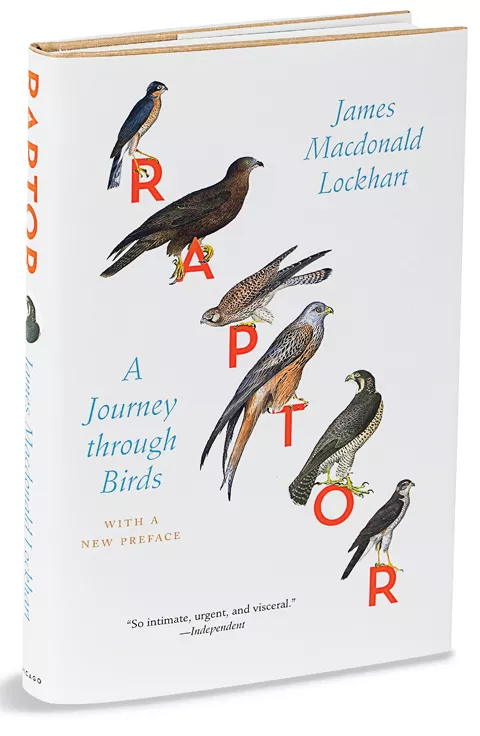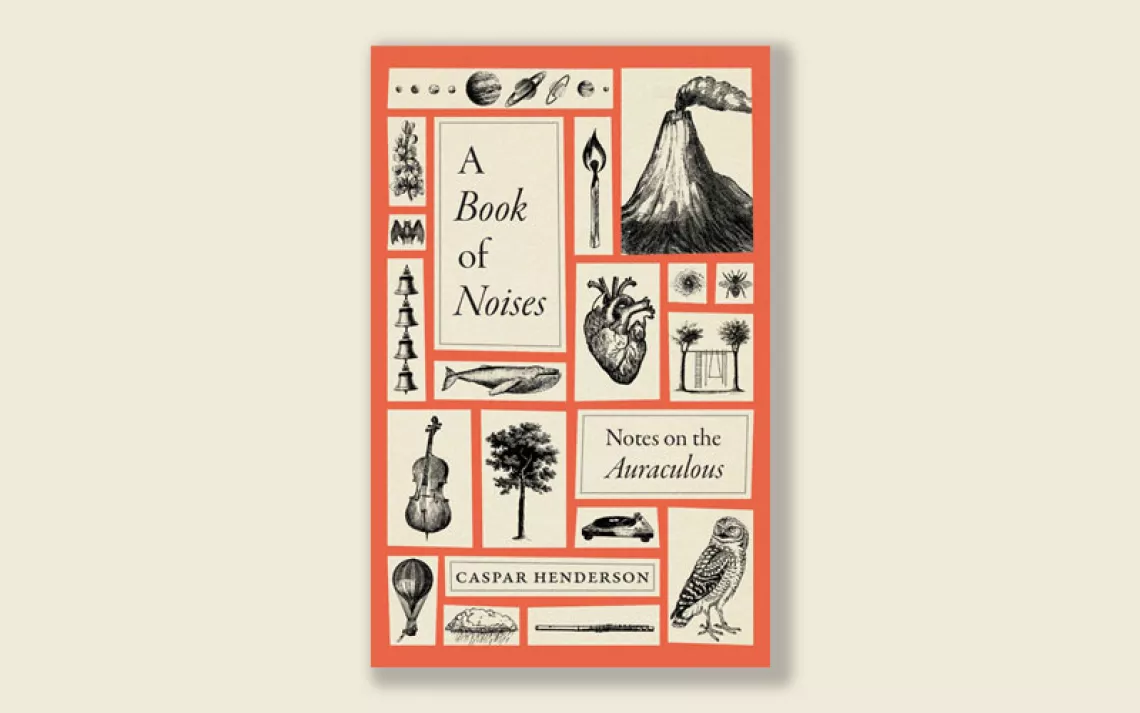A Deep Dive Into the World of Raptors
An avid birder journeys across England in search of birds of prey

Naturalists for whom the wild is a kind of poetry often position themselves at the center of their story, ever visible as they look at the earth in wonder. Not so with James Macdonald Lockhart. Winged creatures are squarely the main characters in his magnificent literary debut, Raptor: A Journey Through Birds (University of Chicago Press, 2017), a beautifully written paean to flight.
A book agent by trade, Lockhart breaks ground as a writer with a nod to his longtime passion—the study of birds of prey—and the man who inspired it, William MacGillivray, a 19th-century pioneer in ornithology. Lockhart journeys across England to observe 15 species of raptors, studying MacGillivray's journal entries along the way. A conversation of sorts develops as Lockhart dips in and out of MacGillivray's reflections and draws parallels with his own.
Yet Lockhart rarely detours into personal narrative, focusing on every nuance of every raptor, such as how psychological stress can manifest in a hawk's feathers as pale lines known as "fret marks" and how soil consistency limits the geographic distribution of honey buzzards. Of the Montagu's harrier, he writes, "Lightness and lift: If he finds an updraught, the male Montagu's settles into it, gives his light frame over to the rising current of air, so that he is carried up and away like pollen."
Lockhart channels each experience with such vivid strokes that you practically peer through the binoculars with him—searching for something high up in the distance, soaring to the wind.
This article appeared in the July/August 2017 edition with the headline, "Eyes to the Wind."
 The Magazine of The Sierra Club
The Magazine of The Sierra Club







